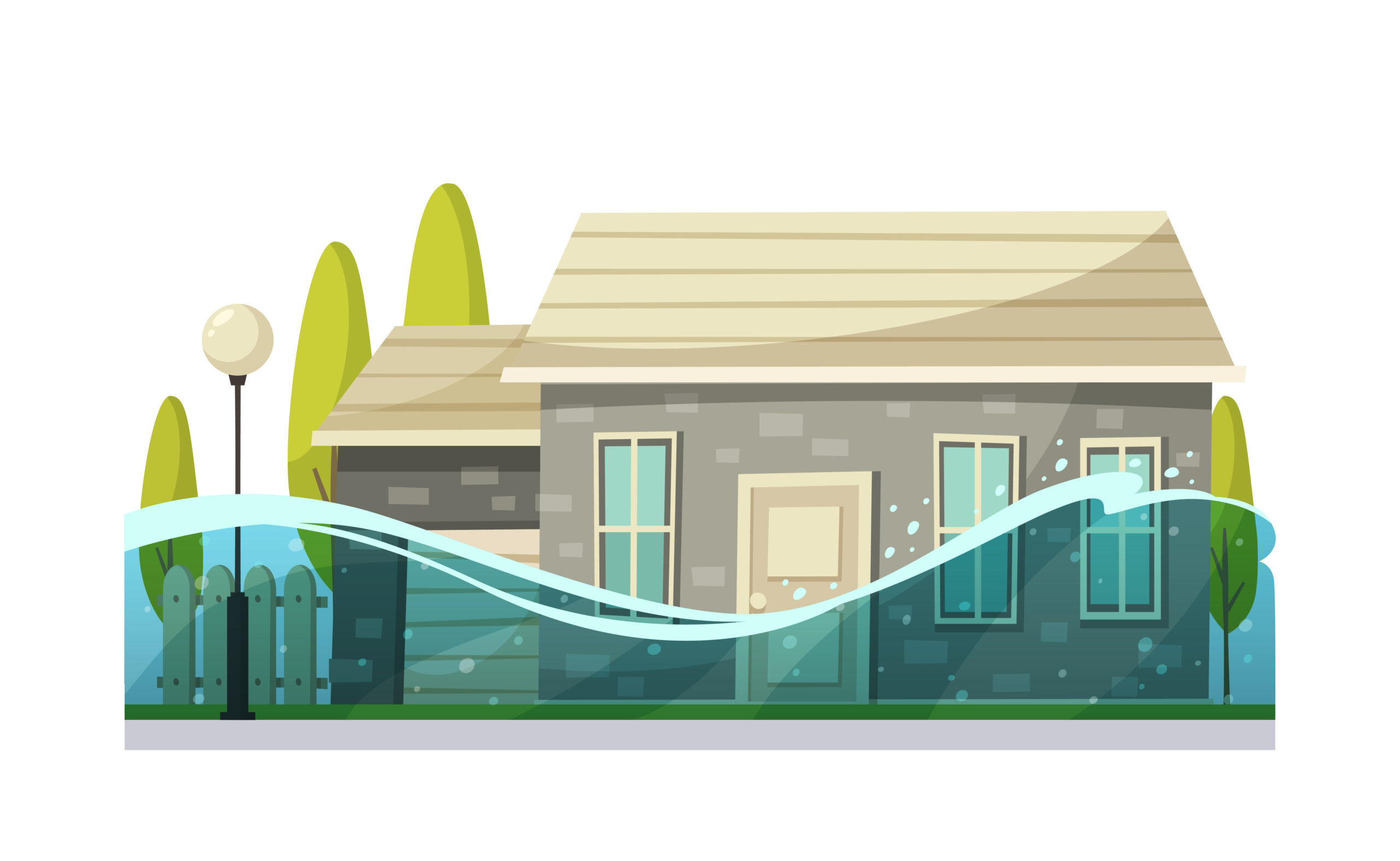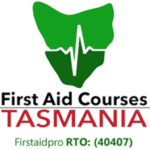Head and spinal injuries are life-threatening and improper handling of these conditions can cause long-term health effects.
The brain and spinal cord are complex structures connected to many nerves throughout the body. Trauma to the head and spine can result in many symptoms requiring immediate first aid and further medical evaluation.
Find out what to do and what to look for in head and spinal injuries.
What Is Head And Spinal Injury?
Head Injury is any trauma to the scalp, skull, or brain resulting in closed or open (penetrating) injury. The consequences and treatment for this injury vary greatly, depending on the cause and how severe it is.
About 700,000 people suffer from head injuries, according to the Australian Bureau of Statistics, with concussions being the most common one.
A concussion occurs when a hit, jolt, or blow to the head makes the brain jiggle around the skills. Other types of head injuries are contusion, fractured skull, and intracranial hematoma.
On the other hand, a spinal cord injury (SCI) refers to the damage to the spinal cord or nerves at the end of the spinal canal. SCI symptoms may include partial or complete loss of sensory function or motor control of certain body parts (arms, legs, etc.)
According to the National Center for Injury Prevention and Control, the primary causes of head and spine injuries are automobile accidents, falls, sports-related accidents, recreation, and firearms (accidental shooting).
The greatest risk for someone who has a head and spinal injury is the possible damage to both body parts. If this happens, there may be complications such as loss of sensation in the spine and the inability to perform regular or familiar tasks.
If a head or spinal injury is suspected, look for symptoms and discourage any movement to protect the person from further injury.
Signs And Symptoms
The symptoms of head and spinal injuries will vary depending on the nature and severity of the injuries.
Common symptoms of head injuries include:
- Worse headache that does not go away
- Swelling or bruising at the site of impact
- Unconsciousness that lasts more than a few seconds
- General weakness or paralysis
- Convulsion or seizure
- Abnormal speech and vision
- Confusion and difficulty thinking
- Unusual behaviour
For spinal injuries, some of the symptoms are:
- Extreme back pain
- Pressure in the neck, head, or back
- Weakness or incoordination of muscles
- Paralysis in any part of the body
- Numbness or tingling sensation in the lower part of the body (hands, fingers, feet, or toes)
- Loss of bladder or bowel control
- Difficulty maintaining balance
- Difficulty walking
Knowing how to spot these symptoms and providing immediate first aid care can prevent further complications and save someone’s life.
First Aid For Head And Spinal Injuries
Here are steps to follow in managing a head and spinal injury.
Call Emergency Services
In cases where there is a suspected serious head and spinal injury, always call triple zero (000) for an ambulance.
Support Head, Neck, And Spine
Steady and support the head, neck, and spine and keep it in a straight line to prevent further damage. Kneel or lie behind the person’s head while you rest your elbows on the ground or the knees to keep the arms steady.
Hold each side of the person’s head and support it in a neutral position. Prevent twisting or any bending movements.
Maintain A Clear Airway
Open their airway using the jaw-thrust technique. Put your fingertips at the angles of the jaw and gently lift them to open the airway. Do this without tilting their neck.
Monitor The Patient’s Condition
Keep monitoring their breathing and level of response while waiting for emergency help to arrive.
Conclusion
The number of deaths from brain and spinal injury is going down – thanks to better first aid emergency care, awareness of symptoms, and availability of medical responders. This means that having sufficient knowledge about these injuries and preparedness can mean the difference between a full recovery or acquiring long-term complications.
Learning to recognise a serious head and spine injury and giving basic first aid can save someone’s life.
Book a first aid course to learn more.








